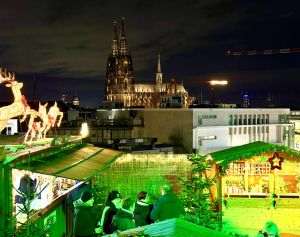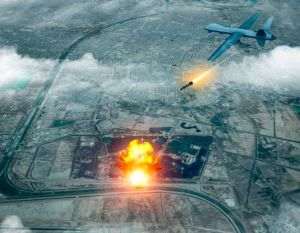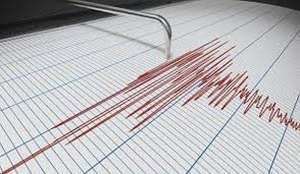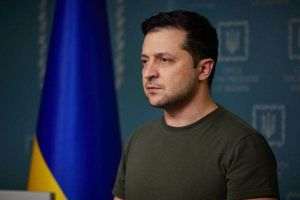The Ministry of Transport and Infrastructure will build 2,800 electric charging stations, out of the 30,000 electric stations that must be built nationally by the end of 2026, said at an event held at the end of last week, at the Bucharest Auto Show, Robert Dobre, director responsible for the implementation of the National Recovery and Resilience Plan within that ministry.
According to Agerpres, Robert Dobre said: "When the PNRR appeared, we were very happy because we were talking, at least for transport, of a total funding of 7.62 billion euros, a substantial amount dedicated of this sector, but behind which these reforms, targets and milestones were coming, and for the first time they were not so publicized. We have a milestone in the PNRR called 64, that of reaching 30,000 electrical stations by 2026. The baseline from which the PNRR started is 2,000 stations and the question arises: can we by 2026 reach this target? And it is the target, the funding depends on it. Payment requests for PNRR are dependent on the achievement of targets and milestones. And at the Ministry of Transport, the need we have to fulfill is somewhere around 2,800 electrical stations".
The official from the Ministry of Transport specified that, of the 2,800 electrical stations, more than 100 stations would be on the A7 Highway alone.
Robert Dobre pointed out: "Only on the A7 highway, between Ploiesti and Paşcani, we are talking about over 150 charging points, about 50 or so electrical stations in both directions. So, we come with an obligation. Because it was always: the chicken or the egg? We don't make stations because we don't have electric cars, we don't have electric cars because we don't have charging stations. I think we need to change the paradigm, to reach the "egg and chicken" area, that is, to go in parallel with the development of the electric charging infrastructure, but also with everything that AFM means and does (ed. - Environmental Fund Administration ) to encourage the purchase of electric vehicles. On the infrastructure side, we are now one-piece managers. We were saying that, out of the 30,000, according to CNAIR's strategy, we should end up building somewhere around 2,800 power stations. However, we are also managers for securing financing, because no one will invest in an electrical station if it will not be profitable at a given moment".
According to him, the Ministry of Transport is looking for and has identified financing schemes for private operators, "even if we are also talking about a state aid scheme at some point".
Director Robert Dobre mentioned: "It has been done, we have already done it, we have financed the construction and placement of electrical stations on national roads and highways through the so-called Connecting Europe Facility mechanism, which continues and which goes into the green and digital area very much as well as financing, but we are also looking with great interest at the Modernization Fund, which, in fact, will have to provide about two elements. On the one hand, this financing for the operator, for the location of the power stations, but on the other hand, and it's something we talked about less, the strengthening of the power grid. Because we have to think at some point, when we make fast charging stations or with very high voltages, that we have to talk about a network that allows these stations to be located at least outside the cities. Yes, think that we are at the Spaţii service station at Perişoru from Drajna and we will have to connect to an electrical network. An electrical network that should be in the neighborhood, because any hundred meters of cable for connection is very, very expensive. So, we are in this area of identifying sources, we have to align ourselves with European policy if we want to benefit from investments".
The official from the Ministry of Transport stated that this "intervention" must be done together with the Ministry of Energy, the Ministry of the Environment and all territorial administrative units.



















































